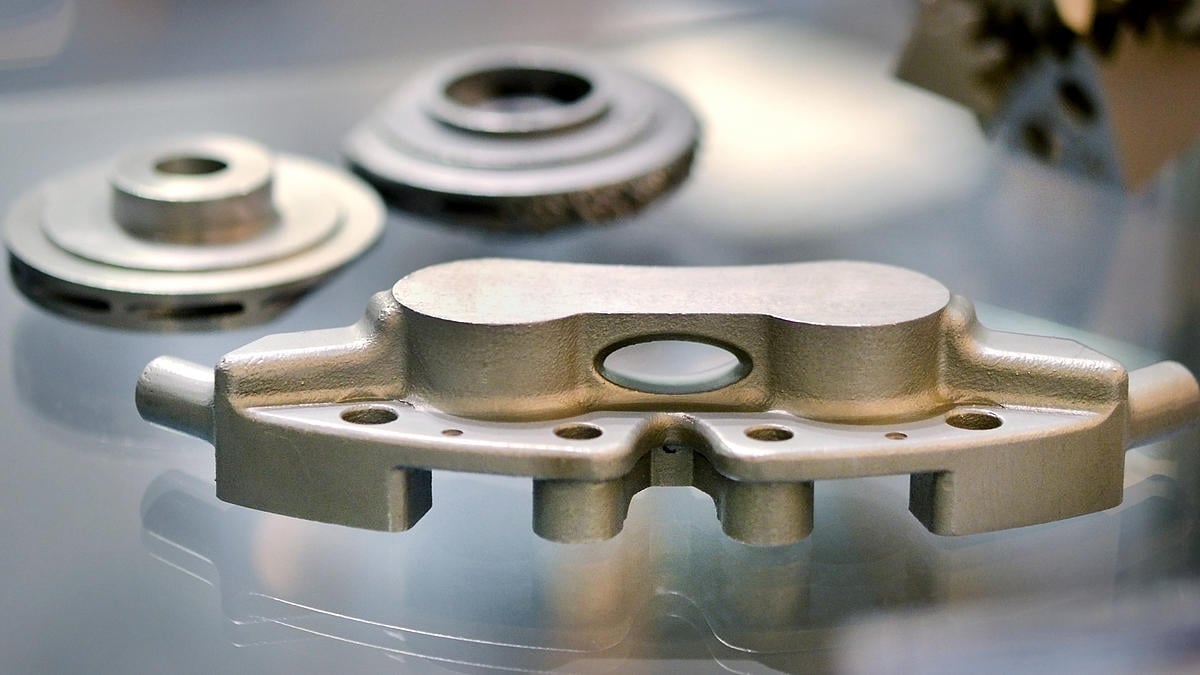When my boss told me he wanted to launch a sales project in the field of additive manufacturing, I was sceptical at first. Why should anything change for use as a provider of technical documentation and information generation services? First I talked to my colleague who already works successfully with a customer in this field. We discussed its potential uses and the characteristics of technical documentation in this environment. It quickly became clear that this new production and product development process would create entirely new challenges for the original documentation.
To immerse myself further in the topic, I attended the “Additive 2018” conference in Hamburg. The aim was to determine how far this new technology differs from the existing production processes and from typical mechanical and systems engineering.
Many of these aspects have already been mentioned by my colleague Uwe Frank in his article entitled “Pressure from 3D printers”, so I will avoid repeating them.
Fundamentally it is about the fact that the rapid speed with which machinery and components are developed and produced today is already causing some backlogs in terms of technical documentation. Production by means of additive manufacturing will increase this challenge further in future.
- So how should we react to this digital process, which makes it possible to produce many different variants within a very short development period?
- And what does it mean for technical documentation if a part is designed digitally and then produced by 3D printing? Will it affect the existing documentation in any way?
- Does it call for new assembly or maintenance instructions, for example, that take the properties of the product into account?
In most cases, these aspects can be assessed and answered only on an individual basis. Where simple spare parts are produced that would otherwise be unavailable on the market, say a screw cap, for example, these questions can be safely ignored. But when it comes to something like a Bugatti brake calliper produced by means of additive manufacturing, the effects need to be assessed. Additive manufacturing makes it possible to optimise important parts like this brake calliper very quickly, and thereby generate changes relevant to the documentation more quickly than ever before.
Providing answers before the question arises
So what could an alternative to the existing processes in technical documentation look like? An entirely new approach can be helpful here: move away from documents and towards informational units, also referred to as topics. Topics are designed to supply information in concentrated form so it provides ONE answer to ONE question (e.g. How do I assemble this specific part?), and to do so at the precise moment at which the question is asked.
To ensure that the right option is returned from a multitude of answers, it is necessary to supply the topics with metadata. Clever connections between these metadata can yield far-reaching synergies so that the ONE answer is provided before the question even arises.
To help technical editors keep up with the rapid speed of product development, information modules should be connected to the engineering processes. That applies not just to the information itself (connection between ERP and the editorial system), but also to the communication processes within the company (informational flow at the beginning of the design). Interfaces with PLM systems are required, and some existing interfaces need to be extended.
Information portals are required that convey the information “live” to users; spare parts catalogues must accommodate this process.
Quality management will have to get used to new, much faster processes in order to implement product releases on the fly.
In short: there are many adjustment factors, all simple in their own terms, that companies must modify so that the information that any product requires can be sent out at the same time as the product itself.
As a result, additive manufacturing is truly a catalyst for a whole series of processes that are just around the corner – technical documentation is just one aspect, but it now has the unique opportunity to impressively demonstrate its innovative capabilities.
I now understand this sales project.

